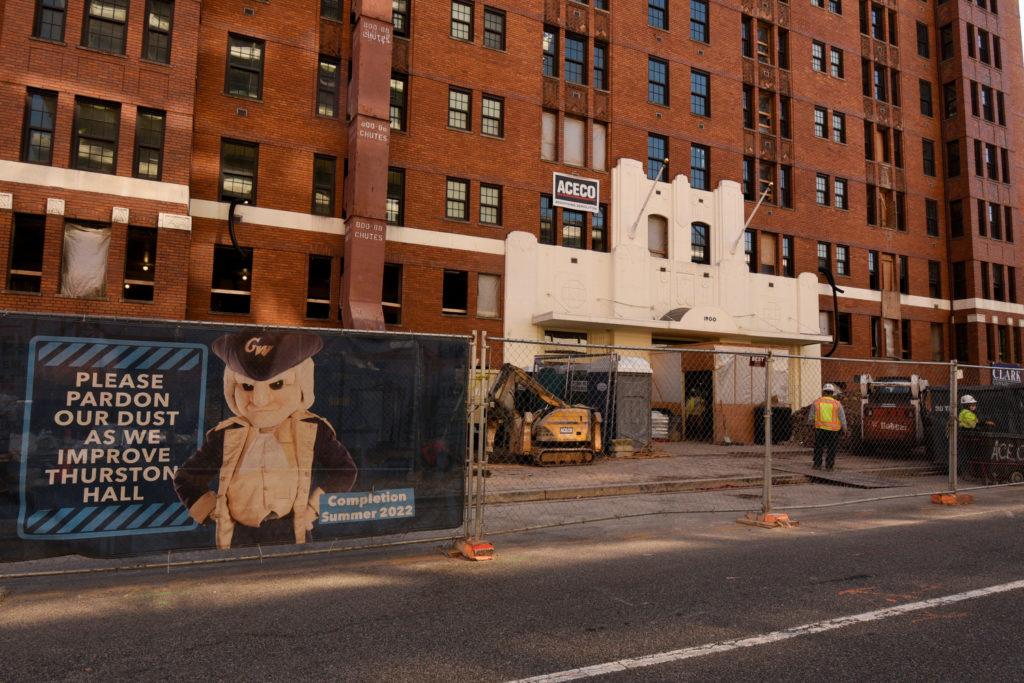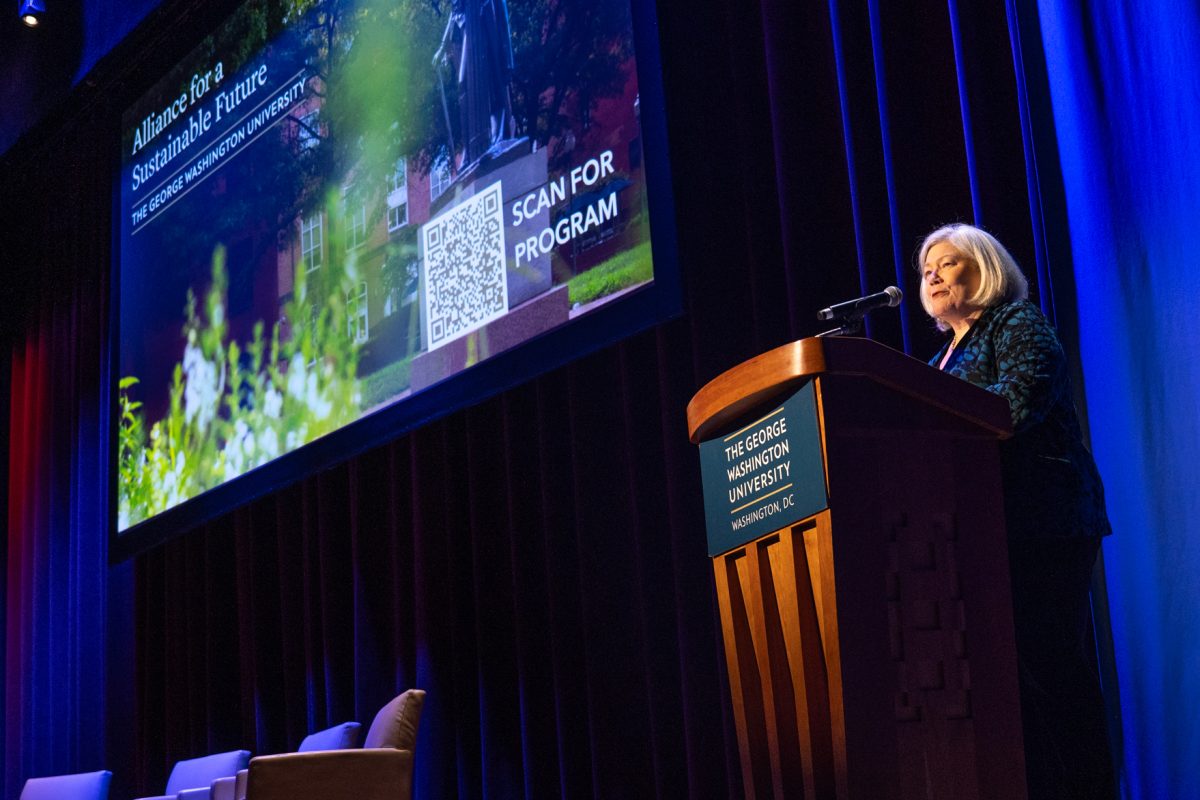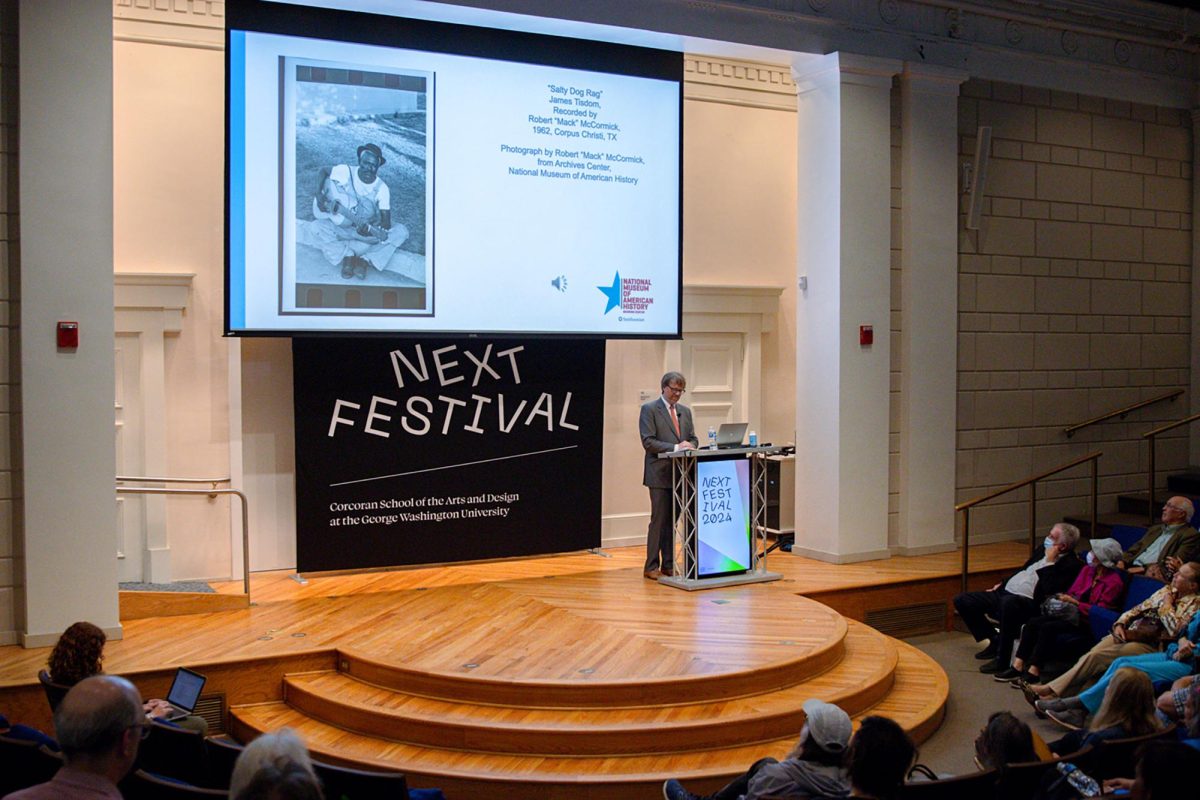As Thurston Hall undergoes renovations, officials and former residents weighed in on the building’s impact on students throughout the University’s history and how its legacy will continue.
Alumni spoke about their collective experiences and memories living in Thurston as part of the University’s bicentennial celebrations Tuesday. Architects working on the building’s new design laid out the plans for Thurston’s renovations, discussing how it will continue to foster community for students while maintaining much of the building’s facade.
Seth Weinshel, the assistant dean of students, campus living and residential education, said the number of students living in Thurston will decrease from 1,100 to 820 students to create “extensive” amounts of community space on every floor. He said the renovated building will have double units with three to four common areas per floor and more community spaces like kitchens, study areas and lounges to foster community for Thurston residents.
“We want students and residents to know that this Thurston community is unique to GW and will be the focal point of our first-year experience,” Weinshel said.
Joe Atkins – a member of the architecture firm VMDO Architects, which has worked on the building’s new design – said the open-air courtyard, dining hall and additional study lounges will create new ways for students to come together in Thurston. He said Thurston’s design will include removing several upper floors on the south side to create an open-air, elevated courtyard that will give students the ability to connect in a shared space.
“It is a way of bringing spark and energy and finally bringing a way for students to come together and really feel like they belong,” Atkins said.
Rob Valero, the executive director of GW’s Center for Real Estate and Urban Analysis and a former Thurston resident, said he has many memories of living in the “iconic” residence hall. He said he made friends while living in Thurston that he is still in touch with 40 years later.
“Thurston Hall has been a rite of passage for so many GW students,” Valero said. “It’s a place where many of us found our first friends at school.”
Valero said his time in Thurston coincided with pivotal events in American history, like the Iranian hostage crisis and the election of President Ronald Reagan. He said while living in Thurston, Reagan visited the F Street House, which used to be a private club, and many students gathered outside the house down the street from Thurston.
“These ‘only at GW moments’ were why most of us came to D.C. in the first place,” Valero said.
Attendees to the webinar also watched a documentary from GW’s Bicentennial Film Series titled “1900 F,” in which former Thurston residents reminisced about their memories living in the residence hall. Alumni shared experiences living in Thurston during major political moments, like the election of President Barack Obama, when students gathered around the White House after his election.
“Three sets of friends who began relationships on the fourth floor later got married,” Valero said. “I’m happy to say that all three couples are still going strong and are listening to this event today.”








